PHOSPHOLIPIDS
The Lipid Bilayer Lipid Bilayer Structure
cholesterol (~25%)
(A) Role of cholesterol on the bacterial selectivity of antimicrobial peptides. Lipid bilayers mimicking bacterial (A) and eukaryotic (B) cell membranes are commonly used in in vitro studies on AMPs. In eukaryotic cell membranes, the outer leaflet consists primarily of zwitterionic phosphatidylcholine lipids (such as POPC), and cholesterol (∼25%) while the inner leaflet contains anionic lipids (such as POPS). Bacterial cell membranes typically lack cholesterol and contain ∼25% acidic lipids (like POPG and cardiolipin), and ∼55% phosphatidylethanolamine (POPE). AMPs have been shown to directly interact with the lipid bilayer of bacterial cell membranes and lyse the cell by disrupting the membrane via one of the several proposed mechanisms including barrel-stave, toroidal-pore, and detergent-type disturbances. The presence of cholesterol in the eukaryotic cell membrane enhances the rigidity of lipid bilayers to inhibit the membrane disruption activities of antimicrobial peptides. The electrostatic interaction between a cationic antimicrobial peptide and the anionic lipids (POPS) present in the outer leaflet of bacterial membranes plays a vital role in bacterial selectivity and the absence of cholesterol makes the membrane disruption by an AMP easier. In the case of Gram-negative bacteria, the presence of anionic lipopolysaccharides attracts cationic AMPs. (B) Mechanism of action of an antimicrobial peptide in a raft-containing membrane. In a heterogeneous mixture of lipids, the presence of cholesterol in the raft domain (lo) resists the permeation of an antimicrobial peptide while the disordered (ld) lipid domain is easily disrupted by an antimicrobial peptide.Does Cholesterol Play a Role in the Bacterial Selectivity of Antimicrobial Peptides?
https://www.ncbi.nlm.nih.gov/pmc/articles/PMC3398343/
The lipid bilayer is a universal component of all cell membranes. Its role is critical because its structural components provide the barrier that marks the boundaries of a cell. The structure is called a "lipid bilayer" because it is composed of two layers of fat cells organized in two sheets. The lipid bilayer is typically about five nanometers thick and surrounds all cells providing the cell membrane structure.
Lipids and Phospholipids
The structure of the lipid bilayer explains its function as a barrier. Lipids are fats, like oil, that are insoluble in water. There are two important regions of a lipid that provide the structure of the lipid bilayer. Each lipid molecule contains a hydrophilic region, also called a polar head region, and a hydrophobic, or nonpolar tail region.
Figure %: Basic Lipid Structure
The hydrophilic region is attracted to aqueous water conditions while the hydrophobic region is repelled from such conditions. Since a lipid molecule contains regions that are both polar and nonpolar, they are called amphipathic molecules.
The most abundant class of lipid molecule found in cell membranes is the phospholipid. The phospholipid molecule's polar head group contains a phosphate group. It also sports two nonpolar fatty acid chain groups as its tail.
Figure %: Phospholipid Structure
The fatty acid tail is composed of a string of carbons and hydrogens. It has a kink in one of the chains because of its double-bond structure.
The Bilayer
The phospholipids organize themselves in a bilayer to hide their hydrophobic tail regions and expose the hydrophilic regions to water. This organization is spontaneous, meaning it is a natural process and does not require energy. This structure forms the layer that is the wall between the inside and outside of the cell.
Figure %: Lipid Bilayer
Properties of the Lipid Bilayer
As we have already mentioned, the most important property of the lipid bilayer is that it is a highly impermeable structure. Impermeable simply means that it does not allow molecules to freely pass across it. Only water and gases can easily pass through the bilayer. This property means that large molecules and small polar molecules cannot cross the bilayer, and thus the cell membrane, without the assistance of other structures.
The Lipid Bilayer
Another important property of the lipid bilayer is its fluidity. The lipid bilayer contains lipid molecules, and, as we will discuss later, it also contains proteins. The bilayer's fluidity allows these structures mobility within the lipid bilayer. This fluidity is biologically important, influencing membrane transport. Fluidity is dependent on both the specific structure of the fatty acid chains and temperature (fluidity increases at lower temperatures).
Structurally, the lipid bilayer is asymmetrical: the lipid and protein composition in each of the two layers is different.
http://www.sparknotes.com/biology/cellstructure/cellmembranes/section1/
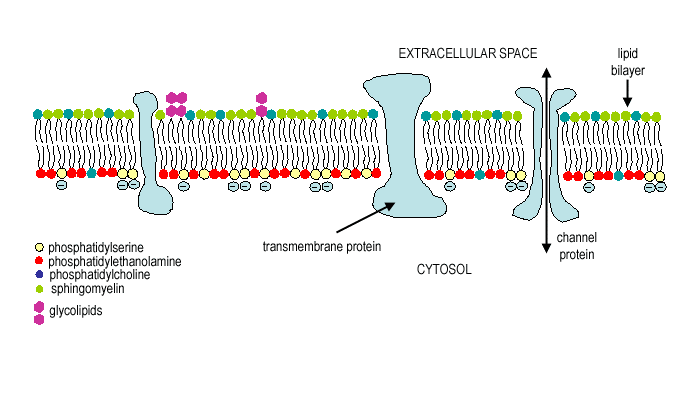
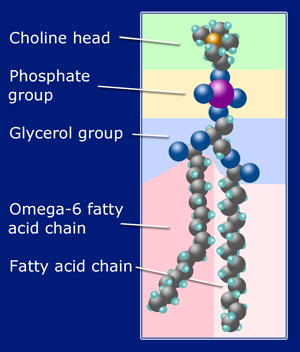

.png)
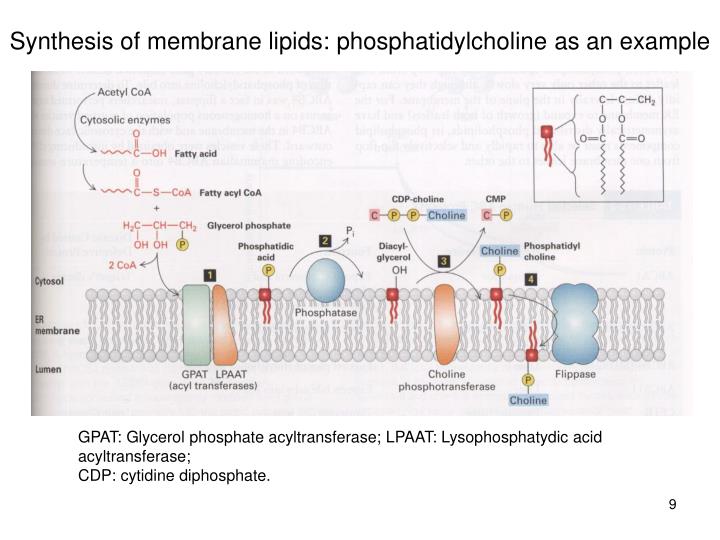
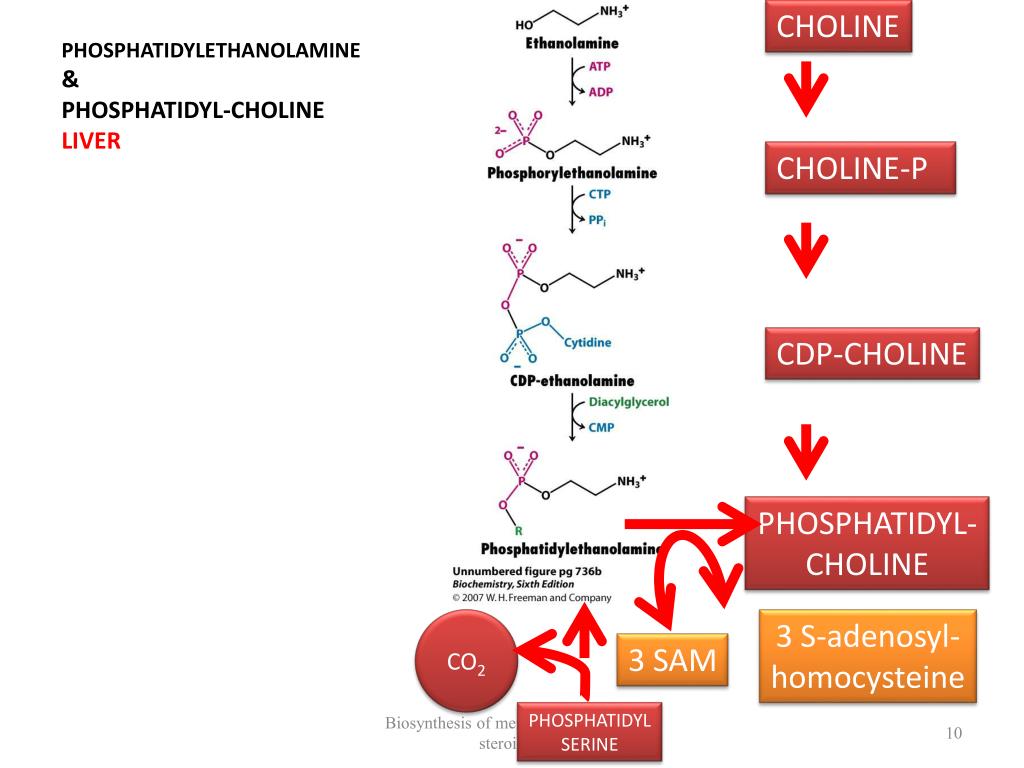
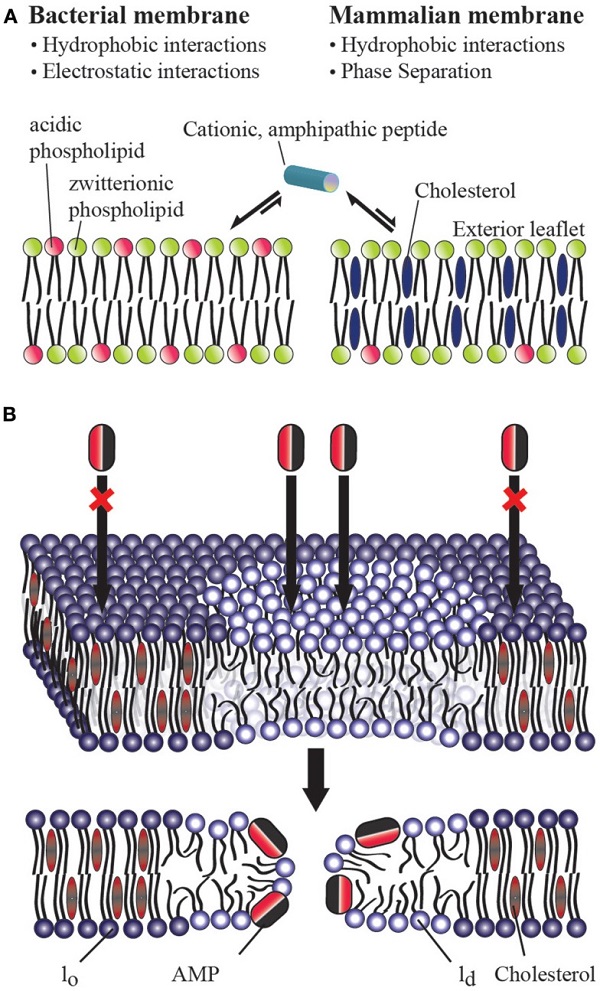
.png)
.png)
.png)
.png)
.png)